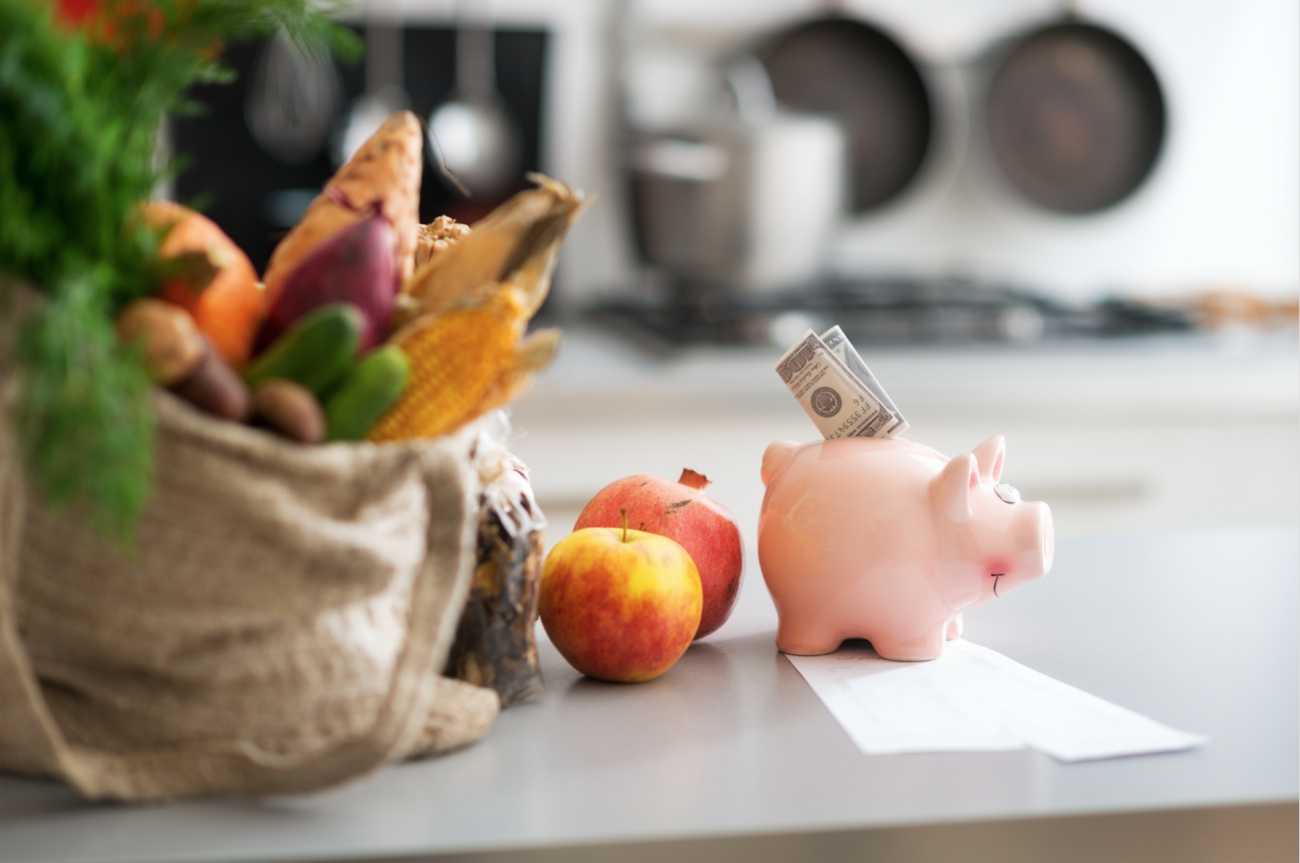Your money or your health? When it comes to nutrition, sometimes it can seem like a choice between the two. Yes, healthy eating can be expensive. But, with a little planning, it doesn’t have to be. These tips can help:
1. Have a plan
When it comes to saving money at the grocery store, planning is essential. Pick one day a week to plan your meals for the upcoming week. Before making a grocery list, scan your fridge, freezer and cupboards to see what you already have and what you need.
2. Shop with a grocery list
Once you have your meals planned for the week and know what you have and what you need, write down a grocery list. When shopping, stick to the list! It can prevent impulse buys and helps save time and money.
3. Start cooking
Cooking at home is much cheaper than eating out. The health advantages to cooking at home are vast, including that you can control what goes into your meals as well as limit the amounts of ingredients like butter, oils, salts and sugar.
4. Buy frozen
Frozen fruits and vegetables are often cheaper and usually just as healthy. Frozen produce is great to use when cooking, making smoothies, or as toppings for oatmeal and yogurt. Plus, frozen produce keeps longer than fresh, so there’s less waste as they are usually already chopped.
5. Replace meat with other proteins
When possible, cook with inexpensive vegetarian sources such as beans, eggs and legumes, as opposed to more expensive meat like fish or poultry. Go vegetarian a few times a week, not only to save money but also to increase your consumption of healthy plants foods. Eggs are an excellent, inexpensive source of protein that can be eaten for breakfast, lunch, or dinner.
Never miss another Cancer Talk blog!
Sign up to receive our monthly Cancer Talk e-newsletter.
Sign up!6. Shop for seasonal fruits and vegetables
Produce that’s in-season is usually easier to find and is usually less expensive. Your local farmer’s market is a great place to get seasonal produce.
7. Buy in bulk
Buying staples like grains, nuts and spices in bulk form will usually generate the lowest per-pound price. Plus, you’re able to buy the exact amount you need.
8. Grow your own
Fresh herbs (or freshly dried ones) are a great way to season food without excess salt, butter or cheese. All that’s necessary for a DIY herb garden are a few small planters and an empty windowsill.
9. Buy generic
Generic brands may not be fancy, but they are a lot cheaper and tend to be on sale. You won’t even taste the difference.
10. Join a CSA
Community Supported Agriculture (CSA) is a great way to get high-quality, nutritious foods at a cheaper price than you’d find at the grocery store.



